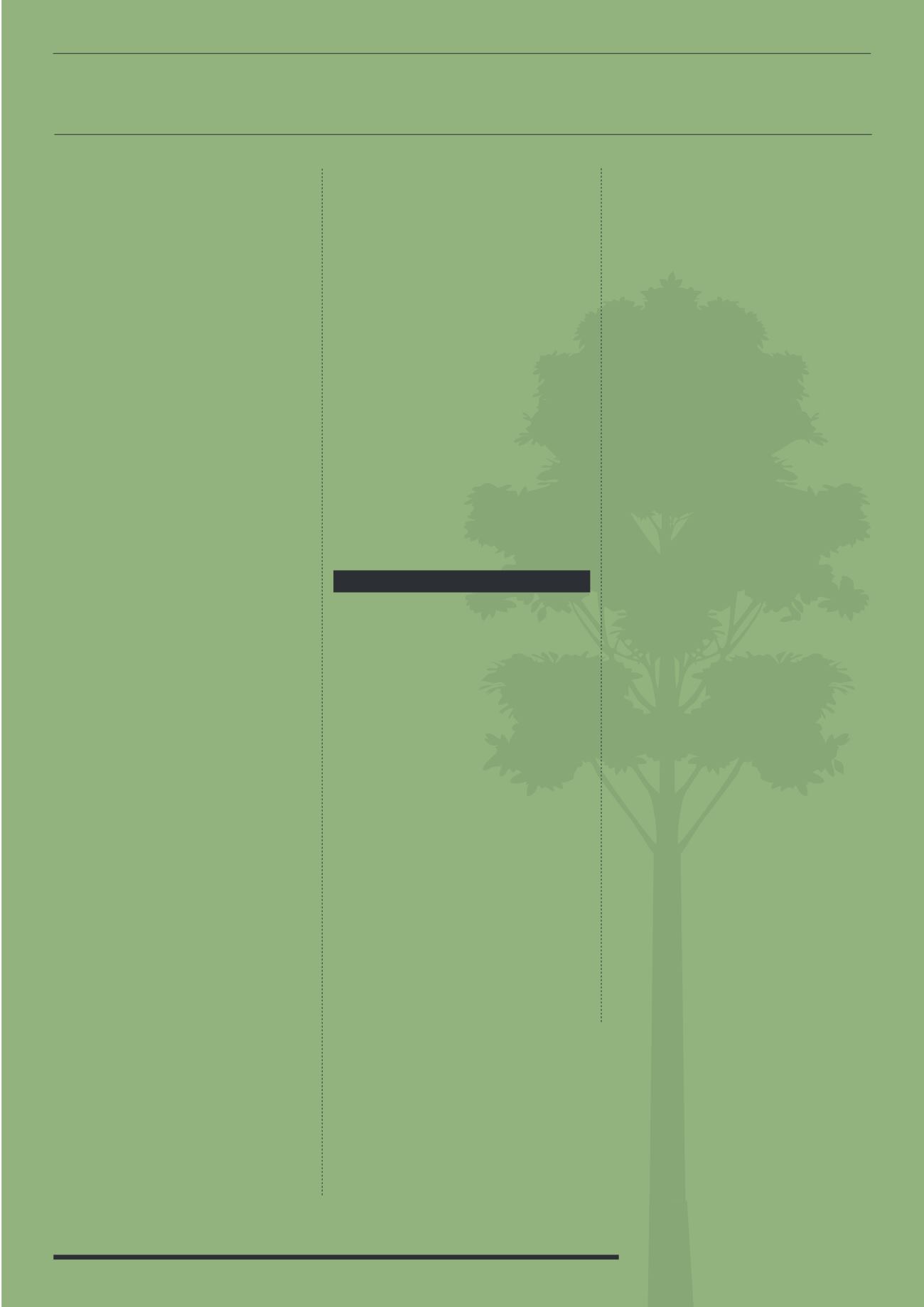
17
FORESTRY INPENSIONS
Where taxable property is held in a SIPP (or
SSAS) the tax charges can be high:
▲
▲
40% unauthorised payment charge on
the value of the taxable property levied
against the member
▲
▲
Surcharge of 15% if the unauthorised
payment exceeds 25% of the pension
fund's assets
▲
▲
15% scheme sanction charge levied
against the scheme administrator
▲
▲
40% levied against the scheme
administrator on any income
▲
▲
40% of any capital gain on disposal of
the taxable property
*Full details are set out in Schedule 29A to
the Finance Act 2004
TAX CHARGES
Desk research indicates and the survey
results confirm that a majority of providers
market their products as being acceptable
in member-directed pension schemes.
While personal pension arrangements differ
slightly from country to country, most have
similar rules as to what investments are
allowable. These include SIPPs (Self Invested
Personal Pensions), SSAS (Small Self-
Administered Scheme), Irish Self-Managed
Pensions, QROPS (Qualifying Recognised
Overseas Pension Schemes) and QNUPS
(Qualifying Non-UK Pension Schemes).
QROPS and QNUPS can invest in a much
wider range of assets than most UK personal
pension schemes.
The advantages to a UK investor of
holding their forestry investment within
a SIPP include that returns are exempt
from income tax and capital gains tax.
The investor can also claim tax relief on
any money invested in their SIPP, so for a
higher rate tax payer a £20,000 investment
effectively costs only £12,000.
SIPPs also allow the use of borrowing in
order to increase the amount available to
invest. Investors can use leverage worth up
to 50% of the value of their SIPP. That being
said there are no forestry products where
lending is being offered.
WHAT CAN BE HELDWITHIN
A SIPP?
There are strict rules on what
investments can be held within a
SIPP. Forestry investments have
undergone a large amount of scrutiny
as it is not always clear whether they
should be allowable within a SIPP.
Generally speaking, forestry and land
is allowable within a SIPP, as long as
it is run commercially, there is no
tangible moveable property (TMP) and
the investor gains no personal use or
enjoyment from owning the land or trees
within their pension.
As long as the timber remains in the
ground there shouldn’t be a problem,
but the issue comes when the trees are
harvested. Harvested timber is viewed by
HMRC as TMP. TMP includes pretty much
anything you can touch, move or gain
personal use from, such as art, fine wine or
timber in the case of forestry.
A number of investments aim to sell the
trees when they are still in the ground,
or returns are paid through a sale
and leaseback arrangement with the
management company.
Money Management have recently released
a special report looking at SIPPs (October
2013) and what is and is not allowed by
certain operators. Some of the key findings
from this research include that 62% of SIPP
providers allow Agricultural Land to be held
within their SIPP (although it’s unclear how
many allow Forestry assets).
"Generally speaking,
forestry and land is
allowable within a
SIPP, as long as it is run
commercially, there is
no tangible moveable
property and the investor
gains no personal use or
enjoyment from owning
the land or trees within
their pension."


